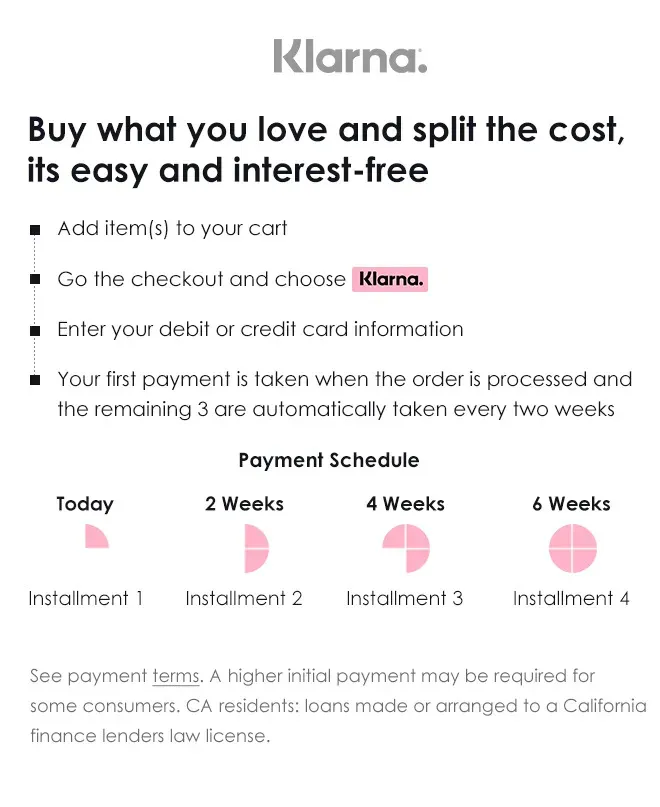A Comprehensive Guide to Making Baby Hair
Baby hair, as defined by hair care professionals, is the extra hair that is shorter and thinner around the hairline. With the correct edge controls and equipment, styling your baby's hair may be enjoyable—though occasionally frustrating. In the past, having smooth baby hair was only a straightforward method of maintaining your newborn hair's position. Baby hair nowadays is a hairstyle that conveys the message, "I know I'm cute." However, I suppose the smoothness that baby hair offers is the final detail you're after. For a baby hair tutorial, continue reading.
What Does Baby Hair Mean?
"Baby hair" is the thin, wispy hair that sometimes grows around the hairline. Also known as "peach down" or "vellus hair," these hairs are very different in texture from the rest of the head. This difference in texture often means these hairs are hard to style and they don't lie flat. They come in all shapes and sizes. Depending on your hair type and texture, your baby hair can be coily, straight, or somewhere in between.

Styling baby hair is a way for women to show the versatility and creativity of their hair and express themselves. A subtle design on the hairline can be a way to personalize your hairstyle. Anyone can have a ponytail or braid hairstyle, but if you know how to style your baby hair properly, you can upgrade your hairstyle!
Different Styles Of Baby Hair
1. U-wave

Try merging baby hair by making an inverted U shape like Zendaya instead of brushing it forward as you usually do. According to one influencer stylist, "you can use a toothbrush to comb your baby hair and then use a medium-strength styling gel to spray the ends." "Gently begin to shape baby hair into place."
2. Soft spiral

Baby hair can be rolled into gentle spirals, which gives Tessa Thompson's traditional braids a fresh look. Using a light pomade and an old toothbrush, start by gently shaping the shortest hairs along your hairline into a very soft S shape that extends from the middle area to your ears. Just take a little piece of baby hair and form it into a J shape to create kiss curls.
3. S-Curl

Use your preferred hairspray on a toothbrush to achieve more dramatic styles like FKA Twigs. You may design any pattern you desire, such as—guess what?—swivels, by flattening the hair around the forehead's margins with a tiny brush.
4. Deep waves

What could be more stylish than a sleek bun? Yes, a smooth back bun with wavy baby hair creates a smooth transition, as seen in the photo. Only a small, extremely fine baby hair curl remained in the middle of the upper portion of her head after she sculpted the swoop on the sides.
5. Spikes and Spirals

Talk about hairstyles with the sky. Spiraled high, almost to another dimension, is Megan Thee Stallion's bun. Although we will like its twisted shape, a clump of hair that protrudes occasionally breaks it up. Her hairline's delicate scalloped baby hair complemented the bun's sharp edge well.
How To Make Baby Hair?
1. Use a comb to smooth and part the edges

First things first, you should always part your hair and slide it down. After removing these hairs, comb them in the desired direction. Use water if necessary, and make sure the comb won't become tangled in the hair and cause more damage.
2. Use natural boar bristle swoop and shape

The exciting part is about to begin: swoop and style! Your hairline will look more natural if you create a swooping shape and brush the borders with natural bristles. When styling, mold the hair into the swoop form using your preferred edge controls.
The texture of the hair is the only factor that determines whether to use lighter or heavier edge control. Since soft curls are the most manageable hair texture for edge control, thicker hair requires more intense edge control.
3. Use a pointed comb to finish the details

The most crucial aspect of defining baby hair is attending to the subtleties. Using the tip of your preferred hair tool, style the form to add the final touches. The fineness of the tip allows you to add and define more swoops, and using a pointed comb won't affect the forms you make with the bristles. If required, apply a small amount of gel to the comb's tip; however, this is not required.
4. Use hairspray for a long-lasting hold

The spray can give your extra fringe shape and hold it in place, but it's an optional step that much relies on your hair's texture and desired style. You can apply the spray directly to your hair or to the tool you're using, but watch how much you use. Tie a scarf around the edges to extend its duration, and then leave it on for a few minutes to allow the spray to do its job.






